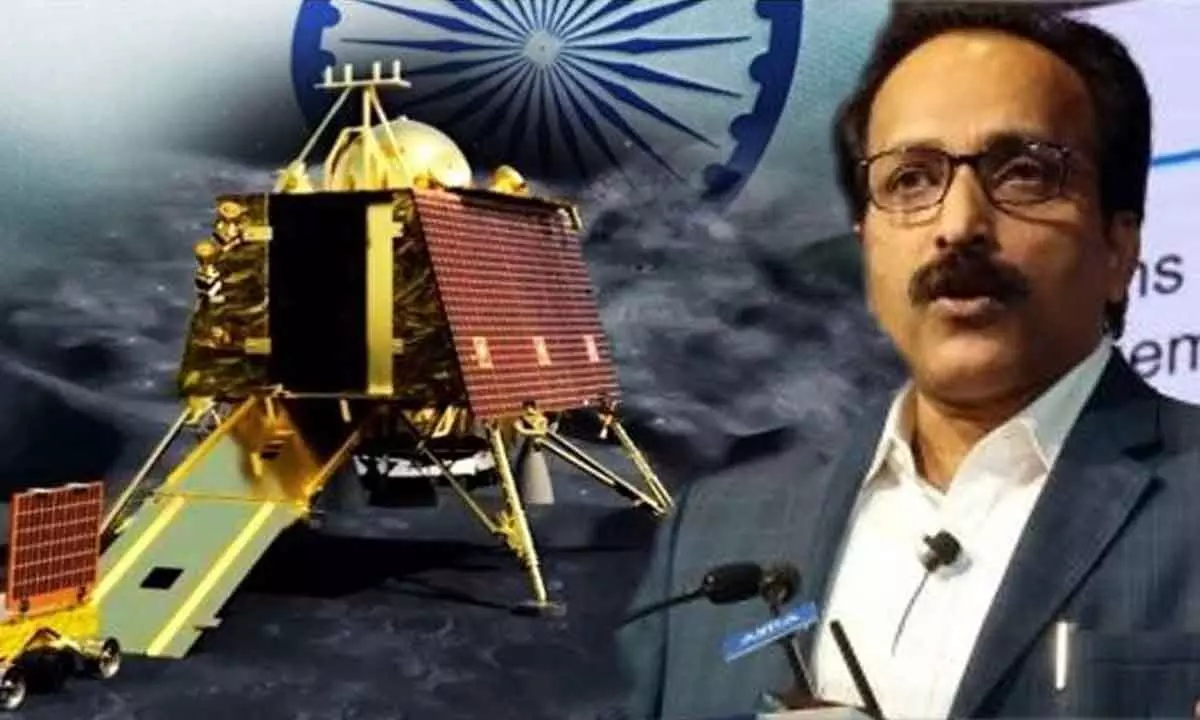Live
- Piyush Goyal files nomination from Mumbai North LS seat
- Strict action against drunk drivers - District SP Vaibhav Gaikwad Raghunath
- Samantha Ruth Prabhu and 'Laapataa Ladies' fame Nitanshi Goel Soar High on IMDb’s Popular Indian Celebrities List This Week
- India’s aluminium industry will need ~USD 29 billion CAPEX to go net-zero: CEEW
- Germany witnesses a growth of 32.6% visitors from India compared to previous year. Records 826703 overnight stays in 2023
- Crunchy, Crispy, Delicious: Savouring the Summer Fried Snacks of Telangana and Beyond
- Lifestyle launches Carrera Eyewear with Pat Cummins at its Begumpet store in Hyderabad
- Rashmi Group's Visionary Move: Unveiling the Future Growth Hub in Mumbai's Naigaon, Vasai, and Virar
- SC dismisses plea filed by former IPS officer Debasish Dhar challenging rejection of nomination
- Worldline ePayments India gets RBI approval to operate as payment aggregator









